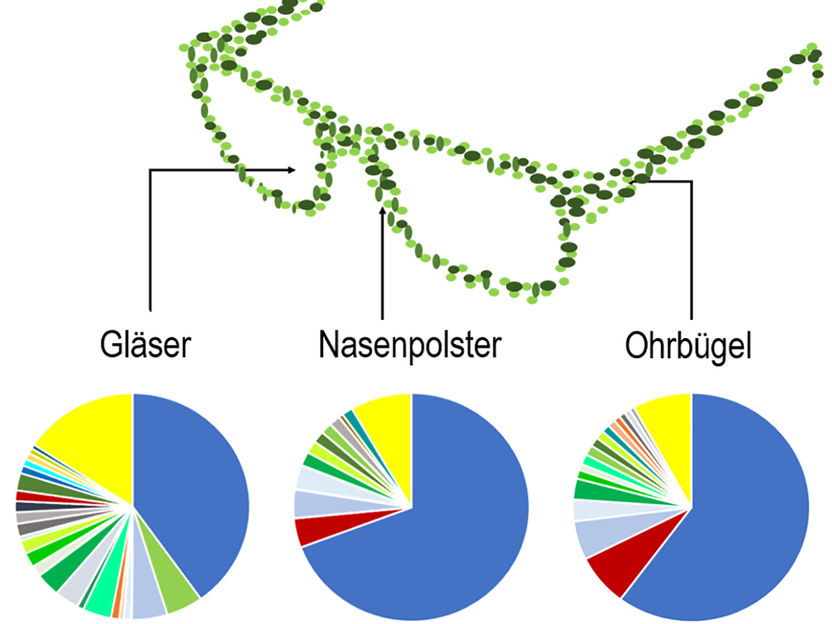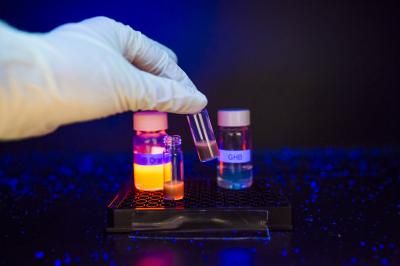Researchers identify new brain receptor for fantasy
Researchers are closer to understanding the biology behind GHB (gamma-hydroxybutyric acid), a transmitter substance in the brain, best known in its synthetic form as the illegal drug fantasy. These findings have been published in PNAS.
In the 1960s, gamma-hydroxybutyric acid (GHB) was first discovered as a naturally occurring substance in the brain. Since then it has been manufactured as a drug with a clinical application and has also developed a reputation as the illegal drug fantasy and as a date rape drug. Its physiological function is still unknown. Researchers identify new brain receptor for fantasy
Now a team of researchers at the Department of Drug Design and Pharmacology at the University of Copenhagen has shown for the first time exactly where the transmitter substance binds in the brain under physiologically relevant conditions.
“We have discovered that GHB binds to a special protein in the brain – more specifically a GABAA-receptor. The binding is strong even at very low dosage. This suggests that we have found the natural receptor, which opens new and exciting research opportunities, in that we have identified an important unknown that can provide the basis for a full explanation of the biological significance of the transmitter,” says Laura Friis Eghorn, PhD student.
Illegal use and possible antidote
“GHB is registered for use as a drug to treat alcoholism and certain types of sleep disorders, but the risk of abuse presents difficulties. In the long-term, understanding how GHB works will enable us to develop new and better pharmaceuticals with a targeted effect in the brain, without the dangerous side-effects of fantasy,” explains Laura Friis Eghorn, Department of Drug Design and Pharmacology.
Fantasy is an extremely toxic euphoriant, because the difference between a normal intoxicating dose and a fatal dose is so small. A better understanding of the biological mechanisms behind GHB-binding in the brain will benefit research into a life-saving antidote for this drug. Today there is no known antidote.
Organizations
Other news from the department science

Get the life science industry in your inbox
By submitting this form you agree that LUMITOS AG will send you the newsletter(s) selected above by email. Your data will not be passed on to third parties. Your data will be stored and processed in accordance with our data protection regulations. LUMITOS may contact you by email for the purpose of advertising or market and opinion surveys. You can revoke your consent at any time without giving reasons to LUMITOS AG, Ernst-Augustin-Str. 2, 12489 Berlin, Germany or by e-mail at revoke@lumitos.com with effect for the future. In addition, each email contains a link to unsubscribe from the corresponding newsletter.
More news from our other portals
Last viewed contents
Category:Orthomyxoviridae
Category:Red_Cross_national_societies
Tuberculosis genomes portray secrets of pathogen's success
Category:Ligases

On-the-spot genome analysis
The adult generations of today are less healthy than their counterparts of previous generations - Results from a large cohort study suggest that exposure to metabolic risks of cardiovascular disease is increasing
Canine_follicular_dysplasia

Stress in the Powerhouse of the Cell - Researchers discover a new principle – how cells protect themselves from mitochondrial defects





















































